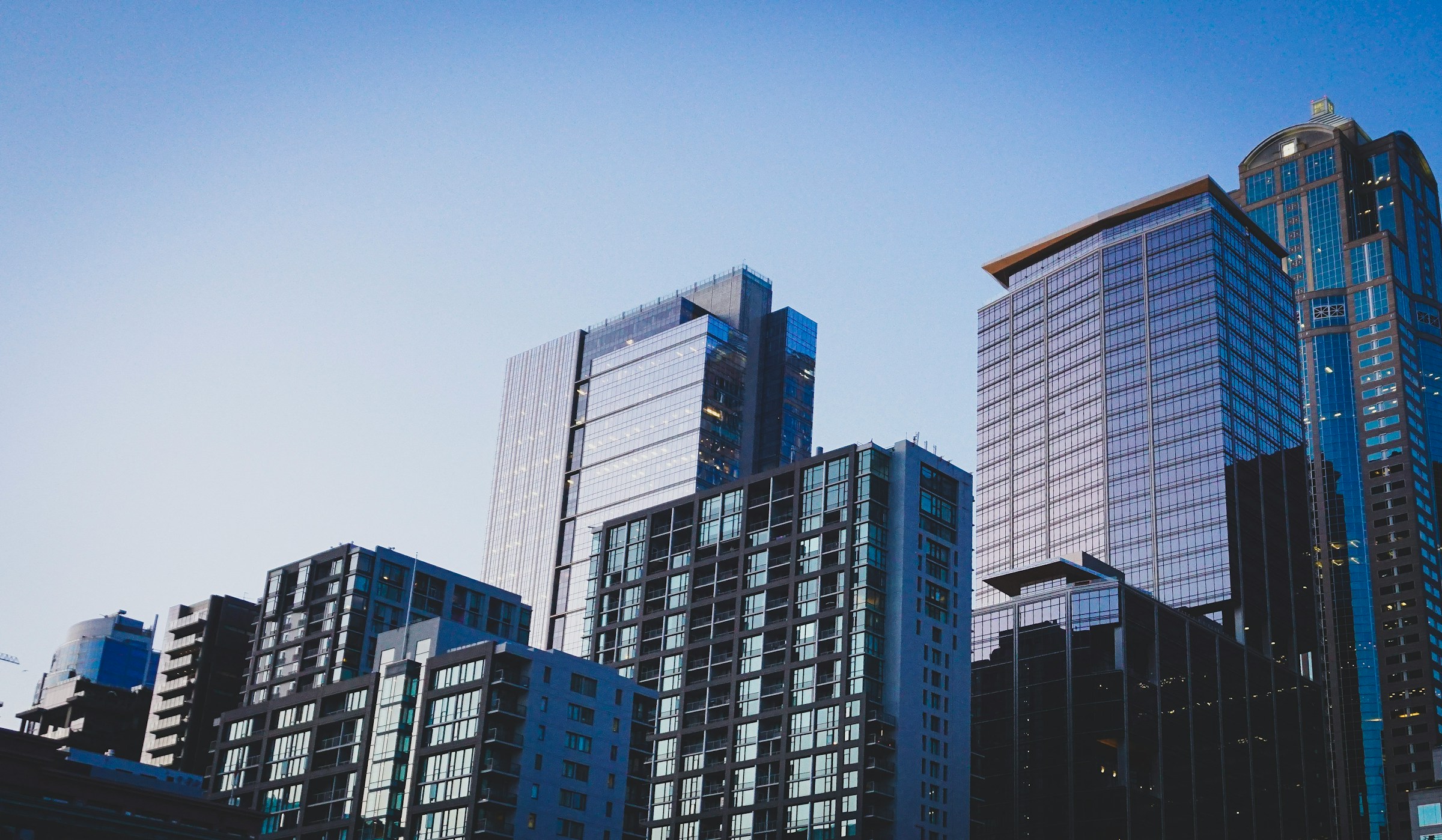New UK building insulation standards are reshaping the landscape for older homes. Homeowners face unique challenges as outdated structures must adapt to modern efficiency requirements. These regulations aim to enhance energy performance, reduce bills, and lower carbon footprints. Understanding these implications is essential for homeowners, enabling them to make informed decisions about upgrades and renovations. From financial impacts to practical solutions, key insights await those looking to future-proof their cherished residences.
Overview of New UK Building Insulation Standards
Recent changes to UK building insulation standards have been introduced to enhance energy efficiency across residential and commercial properties. These updates focus on reducing carbon emissions and improving thermal performance, aligning with the UK's commitment to environmental sustainability. The key objectives of the new regulations include minimizing energy wastage, lowering utility bills, and promoting the use of sustainable materials in construction.
A lire également : Evaluating the Value of Investing in UK Commercial Real Estate in an E-Commerce Era
For homeowners, understanding and complying with these regulations is crucial. Compliance not only ensures that properties meet the required energy efficiency standards but also contributes to long-term financial savings through reduced heating and cooling costs. Additionally, properties that adhere to these standards may see an increase in market value, as energy-efficient homes are becoming increasingly desirable.
The importance of these standards cannot be overstated. By following the updated regulations, homeowners can contribute to a more sustainable future while enjoying the immediate benefits of a more comfortable living environment. The regulations also encourage the adoption of innovative insulation technologies, which can further enhance energy efficiency and reduce environmental impact.
A lire également : Impact of New Wildlife Conservation Legislation on Rural Property Development in the UK: What You Need to Know
Ultimately, the new UK building insulation standards serve as a vital step towards achieving a greener, more energy-efficient future.
Impact on Older Homes
Older homes present unique insulation challenges that require careful consideration to meet the new UK building insulation standards. These properties often have solid walls, outdated materials, and architectural features that complicate modern insulation efforts.
Common types of insulation used in older homes include internal wall insulation, which involves adding a layer of insulating material to the inside of external walls, and external wall insulation, which is applied to the outside. Both methods aim to improve thermal performance but require specific modifications due to the structure of older properties.
Property modifications are often necessary to ensure older homes comply with the updated standards. This might involve addressing issues such as draughty windows, inadequate roof insulation, and uninsulated floors. In some cases, retrofitting double glazing or upgrading existing insulation materials can significantly enhance energy efficiency.
Adapting older homes to new insulation standards not only reduces energy consumption but also preserves their historical value. By investing in appropriate modifications, homeowners can enjoy improved comfort and reduced utility costs while contributing to environmental sustainability. Embracing these changes is essential for maintaining the desirability and market value of older properties in an increasingly eco-conscious world.
Compliance Guidance for Homeowners
Navigating the updated UK building insulation standards requires homeowners to follow a structured compliance process. This ensures properties meet the necessary energy efficiency criteria. Here’s a comprehensive homeowner checklist to guide you through the compliance steps:
-
Assessment: Begin with a professional evaluation of your home’s current insulation status. Engage certified energy assessors who are familiar with the new regulations. They can provide a detailed report on areas needing improvement.
-
Documentation: Obtain essential documents, including energy performance certificates (EPCs) and any previous insulation records. These documents are crucial for understanding your starting point and tracking progress.
-
Approval: Before commencing any work, check with local authorities for required approvals. Some modifications might need planning permission, especially for listed buildings or those in conservation areas.
-
Installation: Hire recommended professionals with expertise in installing modern insulation materials. Look for contractors with experience in retrofitting older homes to ensure quality workmanship.
-
Final Inspection: After installation, conduct a final inspection to confirm compliance with building regulations. This step often involves a follow-up assessment to validate the improvements made.
By following these compliance steps, homeowners can effectively align their properties with the new standards, enhancing energy efficiency and property value.
Costs and Financial Considerations
Understanding the insulation costs involved in upgrading your home is crucial for effective budget planning. The expenses can vary significantly based on the type of insulation, the size of the property, and the specific requirements of older homes. For instance, internal wall insulation might cost less than external solutions, but both require professional installation to ensure compliance with the new standards.
When planning your budget, consider the financial incentives available to homeowners. These can include government grants or subsidies aimed at promoting energy-efficient upgrades. Such incentives can significantly offset the initial investment, making it more accessible for many homeowners. It’s advisable to research local and national programs that may provide financial assistance or tax benefits for insulation improvements.
In the long run, upgrading insulation leads to substantial savings. Improved energy efficiency reduces heating and cooling costs, contributing to lower utility bills. This financial benefit, coupled with potential increases in property value, makes investing in insulation upgrades a wise decision. Moreover, the environmental impact of reduced energy consumption aligns with broader sustainability goals, offering both economic and ecological advantages.
By carefully considering these financial aspects, homeowners can make informed decisions that balance initial costs with long-term savings and benefits.
Benefits of Upgrading Insulation
Upgrading insulation offers numerous energy efficiency benefits, significantly enhancing both immediate and long-term outcomes for homeowners. Enhanced insulation reduces heat loss, leading to lower energy consumption and decreased utility bills. This not only results in financial savings but also contributes to environmental sustainability by reducing carbon emissions.
One of the most noticeable advantages is the comfort improvement within the home. Proper insulation ensures a consistent indoor temperature, minimizing drafts and cold spots. This creates a more pleasant living environment, especially during extreme weather conditions. Enhanced thermal performance also reduces the workload on heating and cooling systems, extending their lifespan and reducing maintenance costs.
Moreover, upgrading insulation positively influences property value and marketability. Energy-efficient homes are increasingly desirable in the real estate market, often commanding higher prices and attracting eco-conscious buyers. An insulated home not only offers better living conditions but also stands out in a competitive housing market, making it a wise investment for the future.
In summary, the benefits of upgrading insulation extend beyond immediate savings. They encompass improved comfort, increased property value, and a reduced environmental footprint, making it a strategic choice for homeowners seeking long-term gains.
Expert Opinions and Case Studies
In the realm of building insulation, expert insights are invaluable for understanding the nuances of the new UK standards. Industry specialists emphasize the importance of adopting innovative materials and techniques to meet these requirements. For instance, Dr. Emily Green, a renowned energy efficiency consultant, highlights the role of sustainable insulation materials in achieving optimal thermal performance. She notes that materials such as sheep's wool and recycled denim not only provide excellent insulation but also align with environmental goals.
Case studies offer practical applications of these insights, illustrating successful insulation upgrades in older homes. In one notable example, a Victorian-era property underwent a comprehensive insulation overhaul using advanced materials and methods. The project involved internal wall insulation and the installation of double-glazed windows, resulting in a 30% reduction in energy consumption. This case underscores the potential for older homes to achieve significant energy efficiency improvements while preserving their historical character.
For homeowners seeking further guidance, numerous resources and guidelines are available. Industry associations and government bodies offer detailed information on compliance and best practices. Engaging with these resources can provide homeowners with the knowledge needed to implement effective insulation strategies, ensuring alignment with the latest standards.






